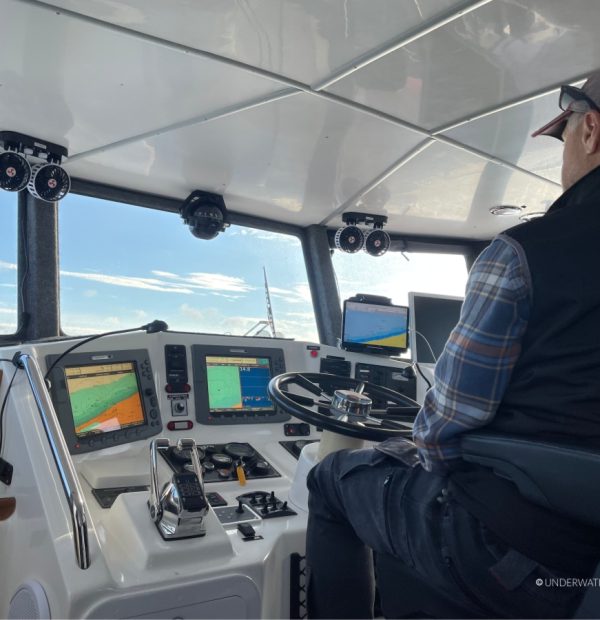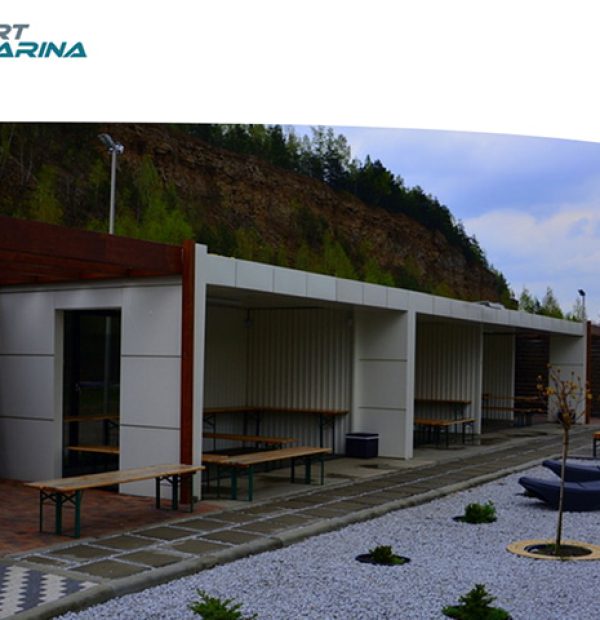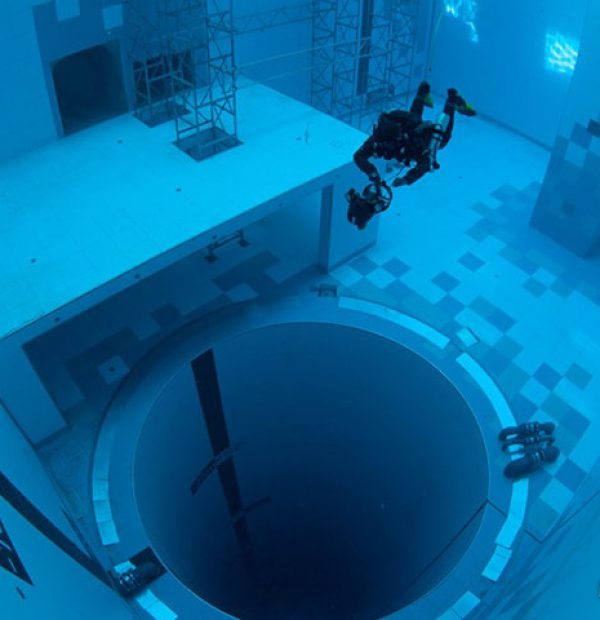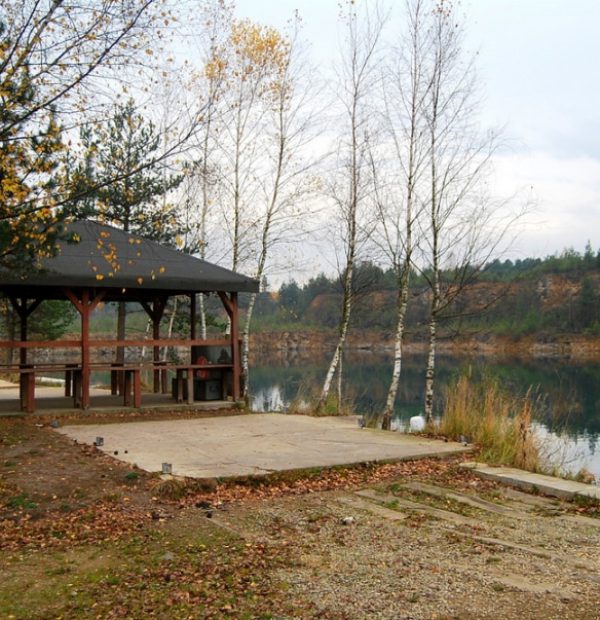Thursday, 16 May 2024
Menu


At a meeting organised on 20 June 2010 in the Polish Maritime Museum in Gdańsk, the backstage of a mysterious expedition called “Gnane Wiatrem” was revealed. The expedition that lasted two weeks ended with a spectacular success and its effects, in the form of huge 18th century cast-iron cannons fished out from the bottom of the Baltic Sea, were delivered this morning to Ołowianka by the r/v IMOR ship.
From the very morning there was a lot of traffic in front of the museum building. There were well-known figures from the Tri-city diving community, media representatives and representatives of institutions directly involved in the project, whose faces were painted with smiles of satisfaction and contentment.
At 11.30 a.m. a presentation of the find took place, which was the official start of the meeting and the introduction to the press conference. On board r/v IMOR, it was possible to take a look at the 3 cannons excavated from the seabed, as well as to ask a few questions to people connected with the realisation and supervision of the whole project.

Half an hour later, in the Maritime Museum building, the press conference began. It was attended by representatives of all the parties involved in the project, who spoke in turn about their involvement and their role in realising this sensational undertaking. Andreas Blutke, chairman of the board of Grenepol, a company that develops sustainable energy solutions and is also a sponsor of the expedition, gave a presentation. It was during the research commissioned by Grenepol and conducted by the Maritime Institute that a sensational find was made, which was immediately reported to the representatives of the Polish Maritime Museum, on behalf of which director Jerzy Litwin and project manager Iwona Pomian appeared at the conference. There were also guests from the Polish Navy and the Marine Unit of the Border Guard, without whose support the whole mission and further protection of the object would not have been possible. The group was completed by Marian Kwapiński – Voivodeship Conservator of Monuments. Altogether, a team of about 100 people was involved in the task from beginning to end! Among them were several technical divers from the Tricity, who for a fortnight supported the researchers with their knowledge and experience on a voluntary basis. This was the first time in the history of such a huge cooperation, bringing together so many entities.
More photos from the expedition can be found in our gallery: Driven by the wind

From the individual speeches during the conference we learned that at a depth of 44m in the Słupsk Bank areaAt a depth of 44m, on the seabed rested about 40 cannons from the 18th century. After preliminary examination, the date of manufacture (1771) and the maker’s mark VB could be read on one of the cannons. 12 examples of the Swedish gunsmithing were excavated, of which 4 were secured for conservation and further research, while 8 were transported to the underwater museum in the Gulf of Gdańsk and sunk near the wreck of the Solen galleon, where they will be made available for recreational divers, most probably on similar principles as in the wreck of HMS Coronation in England. The largest of the excavated cannons is about 4m long and is in fantastic condition, so it was the first to be transported ashore for maintenance work.

As the cannons rested in one place, and no wreckage was found nearby, it is suspected that they were probably ballast, or simply scrap metal that was disposed of by sinking it in the sea, as a vessel so armed would have to be of enormous size and leave much larger traces than the few wooden elements that were found. Through a network of contacts in the Baltic countries, the Maritime Museum staff will try to establish the origin of the cannons, while further preservation and excavation work will be carried out.
The biggest surprise, however, was the discovery of another wreck in the immediate vicinity, which is in excellent condition. It yielded a number of ceramic wares, ascertained after preliminary examination to be of Scottish origin, with an estimated production date of 1841. In the near future, more detailed research will be carried out on the new wreck and archaeological documentation will be completed.
As part of the campaign, a considerable amount of photographic and film documentation was collected, on the basis of which a documentary film will be released in the near future to commemorate the largest discovery in the Polish part of the Baltic Sea in recent years.
The divers24 team managed to acquire a lot of interesting material, which will be published in the near future, after being put through the paces of our editorial machine.
More photos from the expedition can be found in our gallery: Driven by the wind
Source: own
Photo: Tomasz Stachura, own










Welcome to DIVERS24.COM, your daily source of scuba news, freediving, scuba diving information, and equipment reviews. Our comprehensive coverage of the dive industry from A to Z provides you with all the latest scuba news, training updates, underwater photography tips, and everything else related to scuba diving. Whether you’re a beginner or an experienced diver looking for more knowledge about scuba gear or techniques – we’ve got it covered! With our in-depth articles written by experienced divers who have been there and done that, you are sure to find exactly what you need here at Divers24.com. Dive into scuba news today!
Underwater Media Sp. z o.o.
Szafarnia 11/F8,
80-755 Gdansk, Poland
Welcome to DIVERS24.COM, your daily source of scuba news, freediving, and scuba diving information. Sign in for a weekly news update and discount coupons for dive gear and apparel.
@2023 - underwatermedia.pl. All Right Reserved. Designed and Developed by Tworzenie stron internetowych Gdansk

The Divers24 portal is currently the largest online medium treating diving in Poland. Since 2010 we have been providing interesting and important information from Poland and around the world on all forms of diving and related activities.
Contact us: info@divers24.com